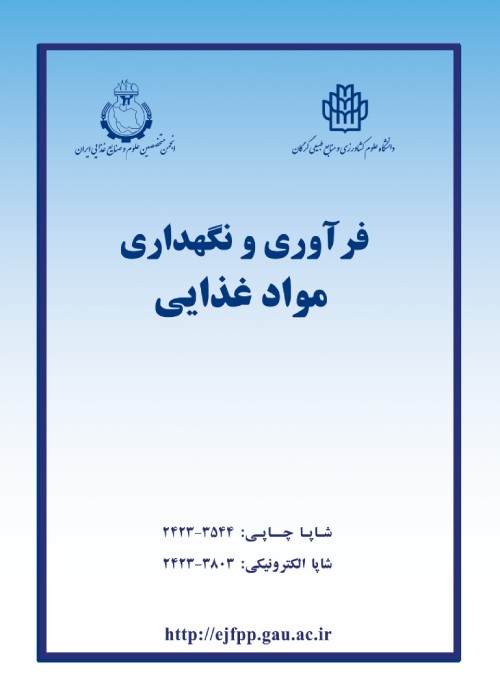Antifungal activity of fermented milks produced by single or co-cultures of proteolytic lactic acid bacteria
In recent years, the use of lactic acid bacteria has expanded as protective cultures in the production of fermented products. They have inhibitory activities against different pathogenic or spoilage bacteria and fungi. A significant part of the antifungal activity of lactic acid bacteria is related to the metabolites produced by these organisms, in particular the various organic acids. However, recently peptides and protein hydrolysates with antifungal activity have been produced. The aim of this study was to investigate the activity of isolates of proteolytic lactic acid bacteria in the production of fermented milk with antifungal properties.
In this study, sterilized skim milk was inoculated with single and co-cultures of Lactobacillus delbrueckii subsp. bulgaricus, Lactobacillus reuteri and Lactococcus lactis subsp. lactis (2%, w/w) and fermented at 37 °C to reach the optimum pH 4.5-4.6. The peptide content and antifungal properties of fermented milk against Aspergillus niger, Penicillium expansum and Candida albicans were evaluated after fermentation and 7 days of storage in the refrigerator.
According to the results, Lactobacillus reuteri showed the least proteolytic activity in milk and among all the samples, the highest peptide content was observed in the sample fermented by combined cultures of all three isolates, resulting in the production of 62.6 mg peptide per ml. Peptide-containing extract of fermented milk samples from combined cultures (S23 and S123) had the highest anti-mold activity with a MIC of 20 mg/ml. After 7 days of storage, the anti-mold property of sample S1 against Penicillium expansum and sample S2 against Penicillium expansum and Aspergillus niger increased with a MIC of 20 and 40 mg/ml, respectively. Also, all samples of fermented milk (zero time) retained anti-yeast properties after 72 h with a MIC of 40 mg/ml, which after 7 days of storage, this property was increased in fermented milk with single culture.
During fermentation, the most proteolytic activity occurred in a sample fermented by a combination of three lactic bacteria. Peptide-containing extract of all fermented milk samples had anti-mold and anti-yeast properties, and most of the samples had a MIC of 40 mg per ml at day 0, although in some samples antifungal activities were increased after 7 days of storage. In this study, it is likely to be a part of the antifungal effect of fermented milks due to the proteolysis and resulted peptide content. Keywords: Lactic acid bacteria, Proteolysis, Fermented milk, Antifungal property
- حق عضویت دریافتی صرف حمایت از نشریات عضو و نگهداری، تکمیل و توسعه مگیران میشود.
- پرداخت حق اشتراک و دانلود مقالات اجازه بازنشر آن در سایر رسانههای چاپی و دیجیتال را به کاربر نمیدهد.



